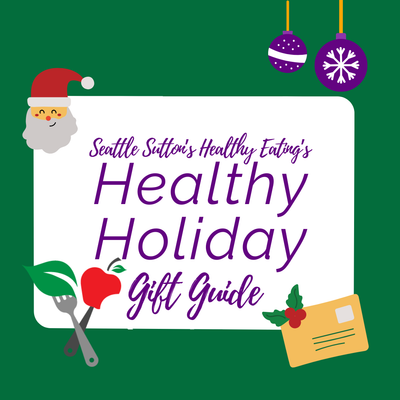The Key to Smart Snacking? Snack with a Purpose!
Between meal snacking sometimes gets a bad reputation, but it can be a healthy way for some people to fill nutrient gaps or fuel throughout the day. The key to smart snacking is to snack with a purpose.
Instances where snacking would be purposeful include when someone finds a pattern of entering meals feeling overly hungry leading to poor nutritional choices and excessive portions. Adding a snack in this situation may help an individual enter a meal with a clearer head to make healthier choices and help curb overeating. Another example of purposeful snacking would be for someone who is finding it difficult to get enough calories throughout the day or wants to do a better job meeting the recommended 5-9 servings of fruits and vegetables per day. In this instance, snacking will help fill in gaps in nutrients and help an individual meet their individual dietary needs. An athlete choosing a snack would also be purposeful snacking to help fuel the increased energy demands of their sport and help to refuel afterwards. Snacking without purpose is something to be aware of. Mindlessly eating in front of the television, grabbing a snack in the break room just because, and choosing a snack out of boredom or emotions could lead to excess calories and an imbalanced diet.
Snacks are not created equal so it’s important to know what to look for when looking for something to munch on between meals. The best snacks generally consist of protein and/or fiber and come from mostly whole, unprocessed sources. Pairing protein and high-fiber carbohydrates (with about 3 g fiber per serving) can help keep you the fullest the longest. Portion sizes are important to look at and as a general rule it is never a good idea to snack out of a box, carton, or bag…try to always place your snack on a plate or bowl, portioned out to what an appropriate serving would be for that food.
Healthy and Smart Snack Ideas
Some examples of healthy snacks include:
1 cup cut-up vegetables with 2 tbsp. of hummus = 75 calories
Medium fresh fruit (about the size of a fist) = 60-100 calories
Hard-boiled egg = 70 calories
Unsalted nuts: 14 almonds = 98 calories - 20 pistachios = 80 calories
3 cups of air popped popcorn = 105 calories
Whole grain crackers: Wasa Light Rye 1 serving = 60 calories - 6 Low Sodium Triscuits = 120 calories
½ cup Low-fat cottage cheese = 90 calories
Fat-free Greek yogurt = 100 calories
½ cup Edamame = 95 calories
Frozen fruit bar = 80 calories
1 large stalk of celery with 1 tbsp peanut butter = 125 calories
Many people question if snacking is good or bad. If you are snacking with a purpose, choosing a healthy snack, and keeping an eye on your portions, snacks can absolutely help improve your nutritional bottom line. When planning snacks for the day or looking through the cabinet to decide what to eat, ask yourself “What’s the purpose of this snack?” If it is out of hunger, to fill in nutrient or calorie gaps, to balance your blood sugar, or fuel your activity you can make that snack count and feel good about the benefits of smart snacking.

Interested in eating healthy? Hungry for more?







 Weight Loss
Weight Loss Health & Wellness
Health & Wellness Diabetes
Diabetes Heart Health
Heart Health Motherhood & Family
Motherhood & Family Dietary Restriction
Dietary Restriction Other Health Conditions
Other Health Conditions About SSHE
About SSHE


